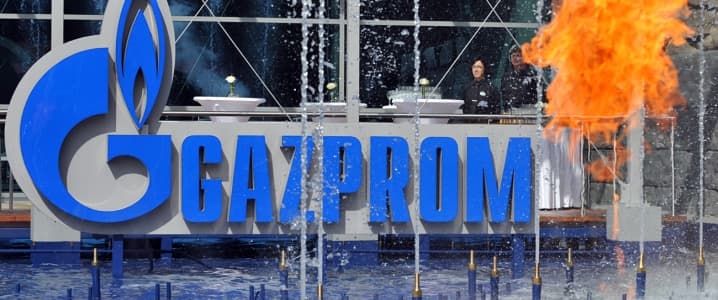Russian giant Gazprom saw the highest production growth over the last five years, followed by shale gas players in the US and China, while BP dominates among the majors, according to Rystad Energy. Onshore resources – whether conventional or unconventional – are a major driver of growth.
Rystad Energy has analyzed the production of all global E&P companies and ranked them according to their production growth from 2014 through 2018.
“Gazprom, the clear leader in production growth, is the only company with a total growth of more than 1 million barrels of oil equivalent per day (boepd) over the last five years. The growth comes primarily from conventional assets, with gas being the key contributor to the spectacular development,” says Espen Erlingsen, head of upstream research at Rystad Energy.

Production growth is a key performance indicator for E&P companies. This metric is commonly used by upstream players to demonstrate to investors that their portfolios are poised for growth as opposed to stagnated production.
Runner-up to Gazprom is PetroChina, with a total growth of around 730,000 boepd, also driven by conventional onshore gas production as well as splashes of shale gas growth. The third company to make the podium is shale-focused EQT, the largest producer of natural gas in the US, boasting equity production growth of close to 600,000 boepd, or 340% growth over the last five years. Related: Saudi Aramco’s First Ever Disclosure Shows $47 Billion Profit
“Behind the state behemoths in Russia and China, majors and shale companies are some of the fastest-growing companies over the last five years. Rystad Energy expects this rise in output among the majors and shale companies to continue,” Erlingsen said.
Among the majors, BP posted the largest production increase since 2014, seeing total production grow almost 500,000 boepd in the last five years. Much of the production uptick can be credited with the company’s operations in the Middle East, with significant production additions from the Rumaila field in Iraq, and in North America, where shale and US deepwater are driving most of the changes.
Five of the majors – BP, Shell, Total, Chevron and Eni – have made Rystad Energy’s list of the 15 fastest-growing E&P companies. Absent from the list are ExxonMobil and ConocoPhillips.
Equity production is strong not only among the majors, but also among five companies that are primarily focused on US shale and tight oil: EQT, Antero, EOG, Ascent Resources and Range Resources.
Our benchmark analysis evaluates the companies’ total production growth for the five-year period, looking at both organic growth (increased field-level production in assets the company already owns) and inorganic growth (increased production due to mergers or acquisitions). All calculations have been made using each company’s equity, or working interest, across its upstream assets. National oil companies, defined as national companies with activities only in their home country, are excluded.
More Top Reads From Oilprice.com:
- Low Solar Panel Prices Spark Surge In Adoption
- Oil Markets Face Nightmare Scenario
- Will We See An Oil Supply Glut In 2020?



















President Putin has been encouraging Russian oil and gas companies to develop the great oil and gas resources of the Arctic. He regards the Arctic as a strategic area where Russia is willing to invest significantly to exploit the vast oil and gas recoverable reserves in the Arctic estimated at 90 billion barrels (bb) of oil and 47 trillion cubic meters (tcm) of natural gas of which Russia has the largest share estimated at 48 bb of oil and 43 tcm of gas as well as developing the so-called Northern Sea Route—a shipping lane through Russian Arctic waters stretching from Europe to the Far East.
Russia’s current development of the Arctic region is centred around the Yamal Peninsula and led principally by Russian gas giants Novatek and Gazprom.
Gazprom recently announced the full scale development of the giant Kharasavey gas field in the northern Yamal peninsula. This is part of the company’s continuing shift in its production base northward, in line with Russia’s other major tangential strategy of building out the gas capacity of Yamal to compensate for reserves depletion in West Siberia.
Dr Mamdouh G Salameh
International Oil Economist
Visiting Professor of Energy Economics at ESCP Europe Business School, London